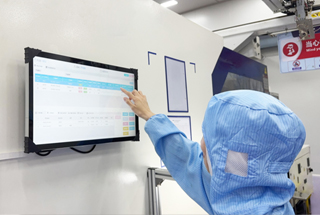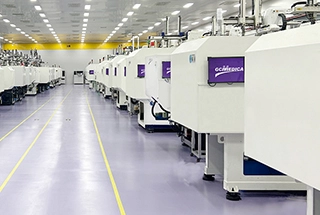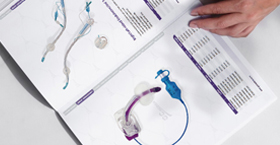Endoscopic surgery has transformed the way clinicians diagnose and treat a wide range of conditions by enabling access to internal organs through natural orifices or small incisions. Central to this minimally invasive approach are specialized endoscopic tools designed for visualization, tissue manipulation, resection, and hemostasis. These instruments combine precision engineering, ergonomic design, and advanced materials to deliver optimal performance within the constrained environment of body cavities.
At the core of any endoscopic procedure is the endoscope, a flexible or rigid tubular device fitted with a high‑resolution optical system and illumination source. The distal tip houses a miniature camera and LED or fiber‑optic light, transmitting real‑time images to a monitor. Flexible endoscopes navigate tortuous anatomy—such as the gastrointestinal tract—while rigid endoscopes offer superior control for joints or the thoracic cavity.
Complementing the endoscope are working channels, which accommodate a variety of accessory instruments. Biopsy forceps allow for tissue sampling, featuring jaws with serrated edges to secure specimens. Graspers come in an array of tip configurations—alligator, rat‑tooth, or basket—to hold, retract, or remove foreign bodies. Scissors provide sharp dissection, whereas snares, wire‑loop devices, enable polypectomy by encircling and cauterizing lesions. For bleeding control, hemostatic clips deploy metal or polymer clips to clamp vessels, and electrocautery probes deliver thermal energy for coagulation.
Recent innovations include articulating instruments that bend at the tip, granting enhanced dexterity in confined spaces, and water‑jet dissectors that use pressurized fluid to separate tissue planes with minimal thermal damage. Endoscopic ultrasound (EUS) probes integrate ultrasound transducers into the distal tip, allowing fine‑needle aspiration for deep‑seated lesions under sonographic guidance. Furthermore, single‑use disposable accessories have grown in popularity, offering guaranteed sterility and consistent performance without the need for reprocessing.
The successful integration of these tools depends on meticulous team coordination. Surgeons must verify instrument integrity—ensuring insulation is intact and mechanisms operate smoothly—while the nursing staff organizes trays for rapid exchange. Proper selection of shaft length, torque response, and tip configuration ensures optimal ergonomics and reduces fatigue during lengthy procedures.
Looking ahead, the landscape of endoscopic tools continues to evolve with robotic assistance, three‑dimensional imaging, and molecular sensing technologies. These advancements promise to broaden therapeutic capabilities, improve safety, and further minimize patient recovery times.
Key Endoscopic Surgery Tools Overview
| Instrument | Primary Function | Material/Design Features | Typical Applications |
|---|---|---|---|
| Rigid Endoscope | Visualization in cavities | Stainless steel sheath, rod‑lens optics | Arthroscopy, laparoscopy, thoracoscopy |
| Flexible Endoscope | Navigation through curved anatomy | Polymer insertion tube, fiber‑optic light | Gastroscopy, colonoscopy, bronchoscopy |
| Biopsy Forceps | Tissue sampling | Serrated jaws, push‑pull operation | Mucosal biopsy, lesion characterization |
| Grasper | Tissue manipulation and retrieval | Various tip shapes, ergonomic handle | Foreign body removal, tissue retraction |
| Scissors | Sharp dissection | Tungsten or stainless steel blades | Polyp removal, adhesiolysis |
| Snare | Lesion resection and cauterization | Wire‑loop, electrocautery compatible | Polypectomy, mucosal resection |
| Hemostatic Clip | Vessel and tissue sealing | Deployable metal/polymer clip mechanism | Bleeding control, perforation closure |
| Electrocautery Probe | Thermal coagulation | Insulated shaft, monopolar or bipolar tips | Hemostasis, tissue ablation |
| Endoscopic Ultrasound Probe | Imaging and guided sampling | Ultrasound transducer, fine‑needle channel | Pancreatic cyst aspiration, lymph node biopsy |
| Articulating Accessory Tools | Enhanced tip angulation | Multi‑jointed distal segment | Complex biliary or pancreatic duct access |
| Water-Jet Dissector | Hydro‑dissection of tissue planes | High‑pressure fluid nozzle | Submucosal tunneling, precise separation |
By combining visualization and therapeutic capabilities into a single platform, endoscopic surgery tools have redefined patient care—reducing complications, shortening hospital stays, and expanding the frontier of minimally invasive interventions.
Related Products
- Single Use Valves
- Disposable Clean Connecting Tubing
- Disposable Irrigation Tube
- Disposable Endoscopy Channel Cleaning Brushes


 Français
Français Español
Español Products
Products

 About Us
About Us











